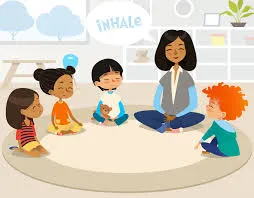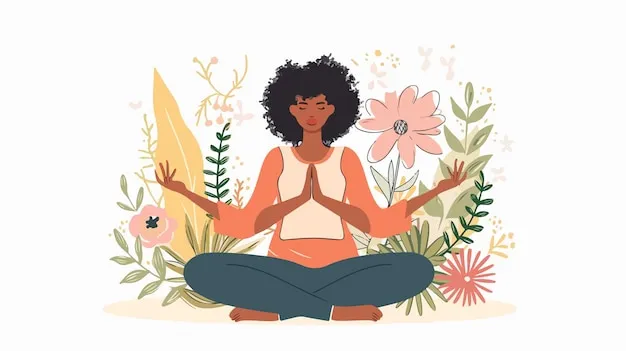Why Mindfulness Helps Students
Mindfulness teaches kids to focus on the present moment, which strengthens concentration and working memory—key skills for learning and test‑taking.
Regular practice of brief breathing exercises or body scans has been shown to reduce psychological stress in over 70% of school‑based studies, lowering anxiety and emotional reactivity.
When students feel less overwhelmed, they engage more positively with peers and teachers, creating a calmer, more supportive classroom atmosphere.
Core Benefits in Everyday Terms
- Better Focus & Grades: Programs like those studied by the Australian Council for Educational Research saw students improve attention and problem‑solving, with some teachers noting higher math scores by up to 15%
- Emotional Resilience: Meta‑analyses show significant drops in anxiety and stress levels after school mindfulness interventions, with effects lasting up to a year in some cases
- Improved Behavior: Teachers report fewer disruptions and more empathy in classrooms practicing simple, 5‑ to 10‑minute “mindful moments” daily
Simple Steps to Get Started
- Train Your Team: Provide short workshops so teachers feel confident leading breathing breaks or guided imagery—programs like MindUP include easy‑to‑follow scripts
- Embed Micro‑Lessons: Slot in 3–5 minute practices after transitions (e.g., post‑recess) so they fit smoothly into the day without needing extra time
- Use Secular, Evidence‑Based Exercises: Frame activities as skills for focus and self‑regulation to respect diverse cultural and religious backgrounds
- Reflect and Adapt: Have students journal brief reactions or discuss what they notice, then tweak timing and type of exercises based on feedback
Real‑World Inspirations
- Delhi’s Happiness Curriculum rolls out daily mindfulness and social‑emotional lessons to over 1.6 million students, reporting gains in empathy and decision‑making skills
- MindUP combines breathing, gratitude, and positive psychology in thousands of U.S. schools, with studies showing reduced stress and better classroom climates
- Learning to BREATHE offers a ten‑session plan for teens that schools praise for boosting emotional regulation and peer support
Making It Stick
Keep practices short, consistent, and varied—rotate between breathing, mindful listening, or gentle movement to keep students engaged. Celebrate small wins (like noticing when stress drops) to build enthusiasm. Over time, these few minutes can transform school culture, equipping students with tools to thrive both inside and outside the classroom.



